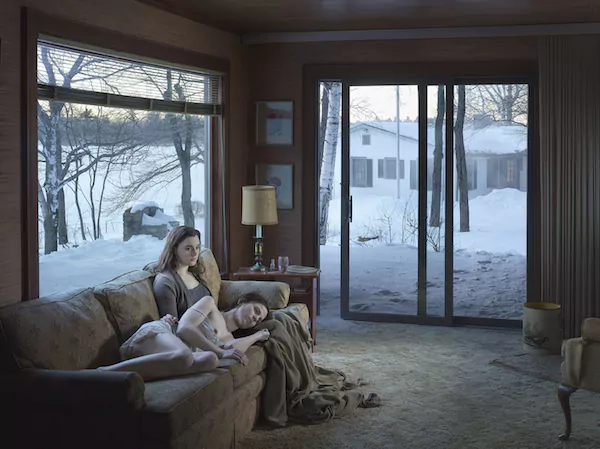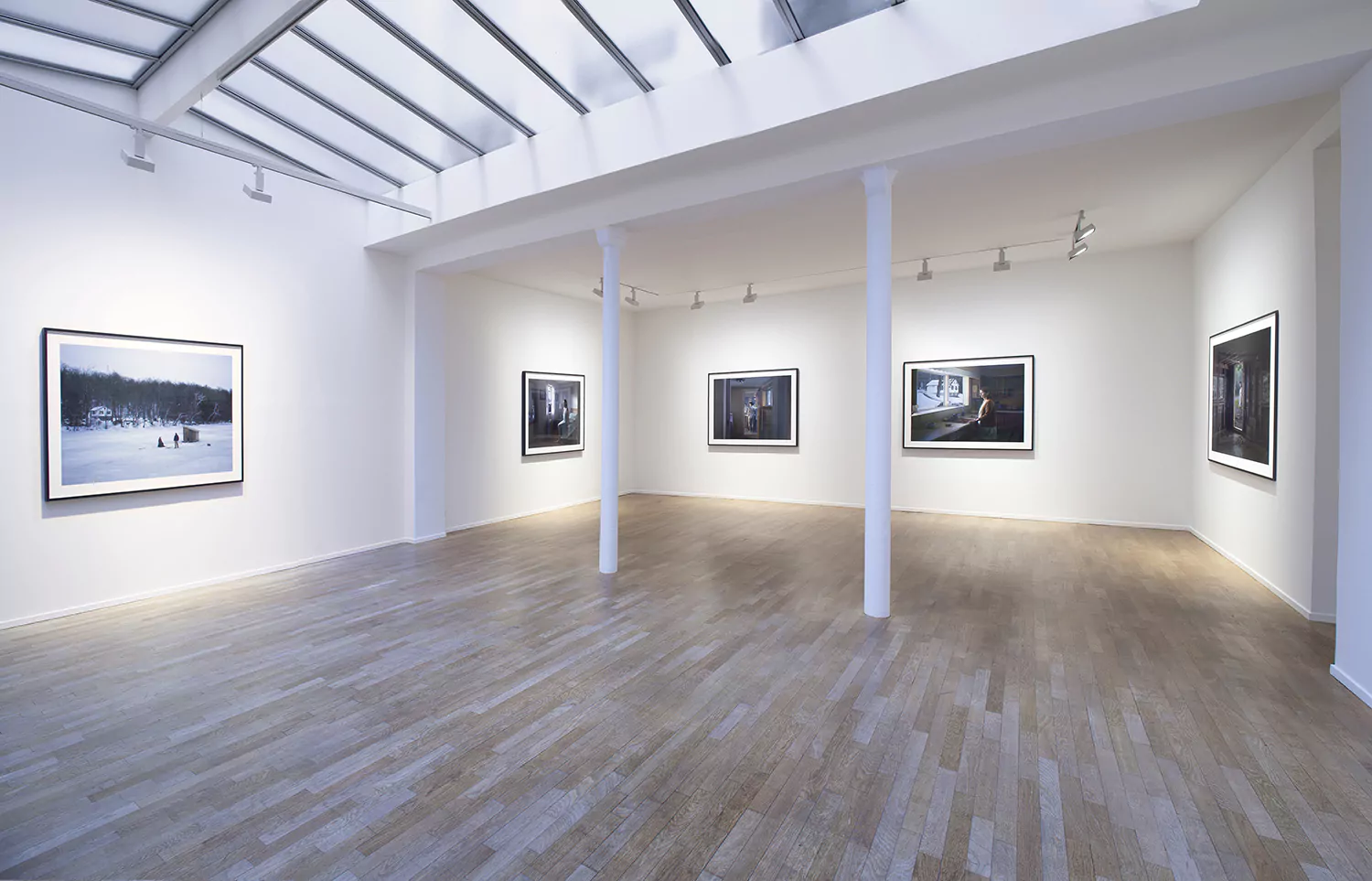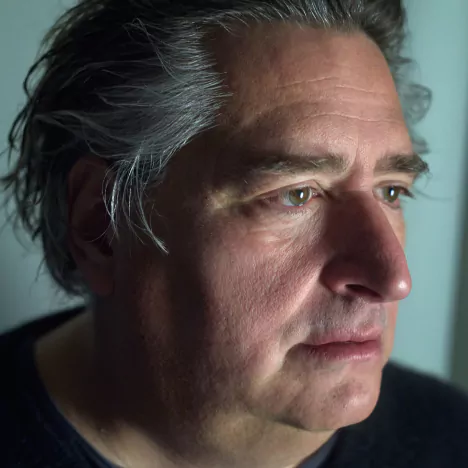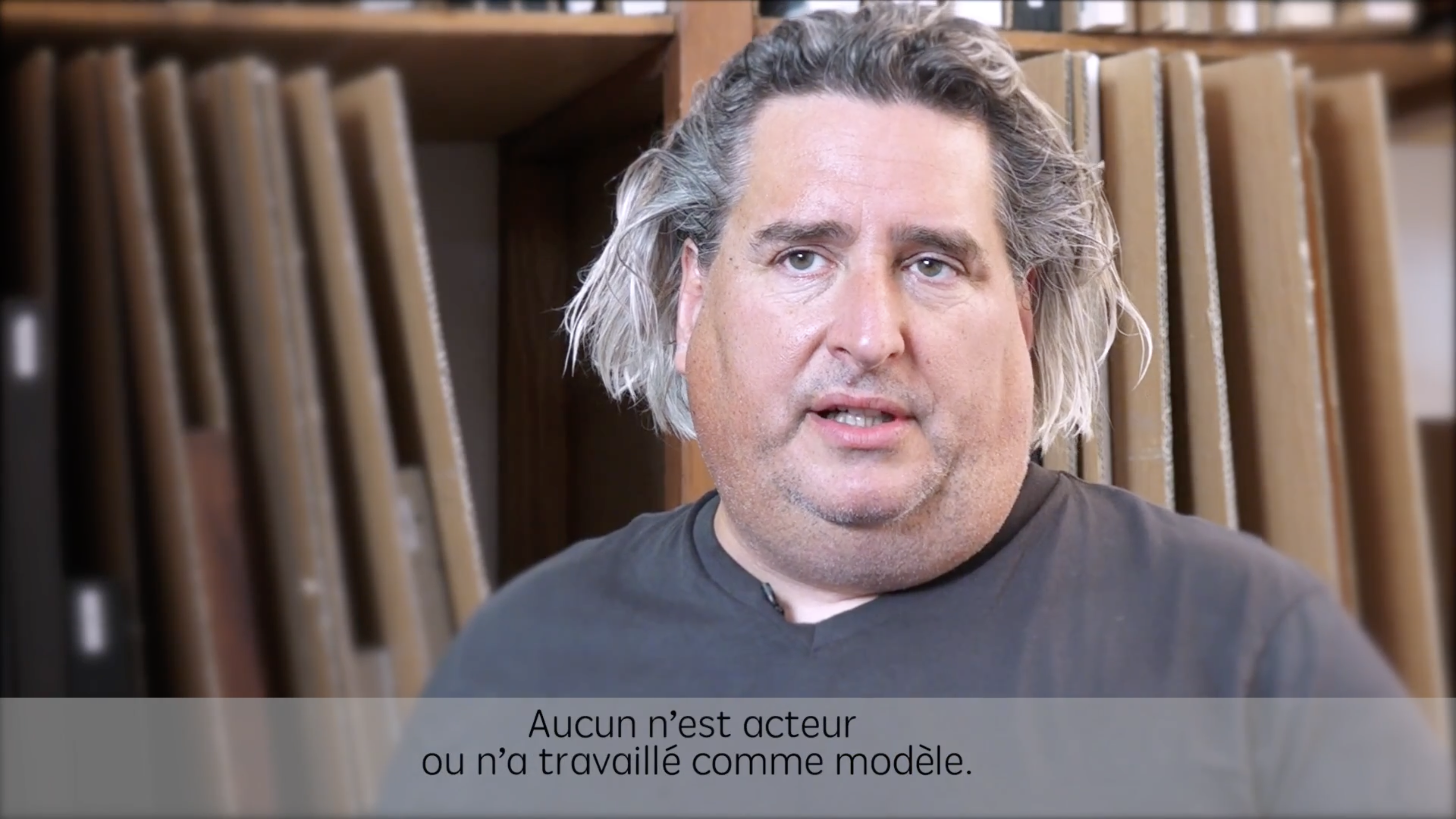
Gregory Crewdson
Cathedral of the Pines
Gregory Crewdson is exhibiting his most recent body of work, Cathedral of the Pines, for the first time in Europe. Highly anticipated, this exceptional series of 31 photographs will be shown concurrently in Paris and Brussels at Galerie Daniel Templon, with openings on Sept. 8th in Brussels and Sept. 10th in Paris.
These works were shot on location in Becket, Massachusetts, where Crewdson retreated, in search of inspiration. ‘It was deep in the forests of Becket, Massachusetts that I finally felt darkness lift, experienced a reconnection with my artistic process, and moved into a period of renewal and intense creative productivity,’ he explains.
In images that recall nineteenth-century painting, Crewdson captures motionless figures in both natural environments and domestic interiors, charged with ambiguity. He plays on the tensions between art and life, connection and separation, intimacy and isolation.
Crewdson places his subjects in surroundings that seem familiar. However, the figures’ cryptic actions and staging create a sense of mystery and underlying drama: a young girl receives a haircut from a teenager on the edge of a forest; a woman stands in a short nightdress, her hands covered in earth in front of a garden shed; two undressed figures are positioned on the rusty flatbed of a pickup truck. The images describe invisible and unknown purposes.
Ever since his nocturnal Twilight series (1998–2002), Crewdson has worked with a full crew, planning his elaborately staged images in a process similar to that of a movie director. His use of the codes governing the cinema of fantasy films, psychological drama and suspense conjures forebears such as Diane Arbus, Alfred Hitchcock and Edward Hopper.

The artist

Born in 1962 in Brooklyn, Gregory Crewdson lives and works in New York. A leading figure in American photography, he stages his photographs like films, using actors, sets, props people, storyboards and make-up artists. In this way, he addresses the dark side of the American dream as well as his own psychological issues. He believes that only photography always remains silent. There is no before and no after. The events it captures do not unveil their mystery.

